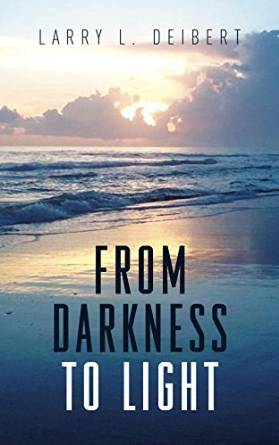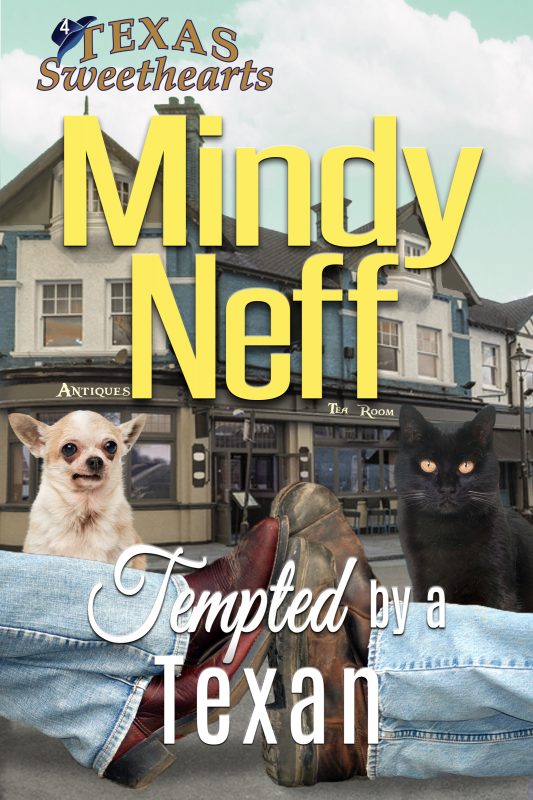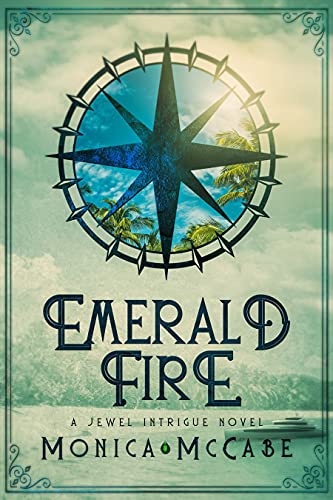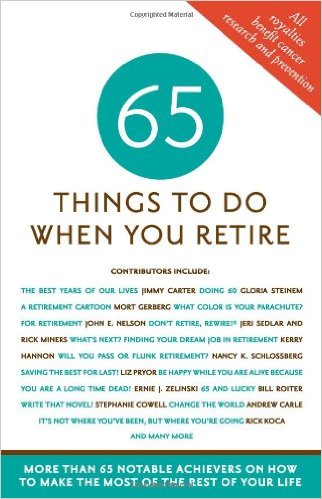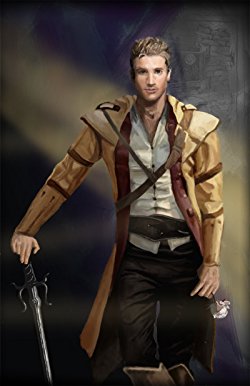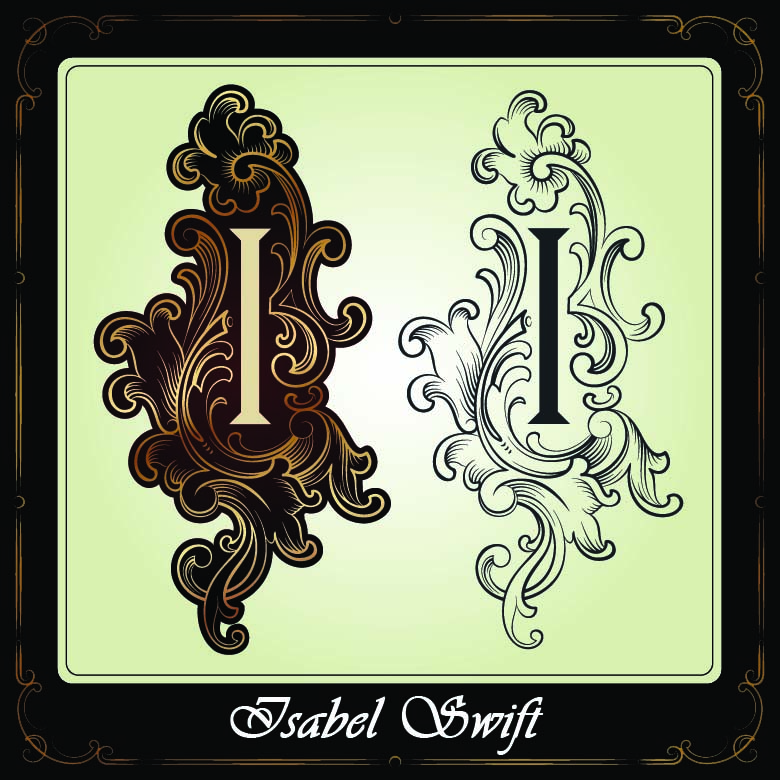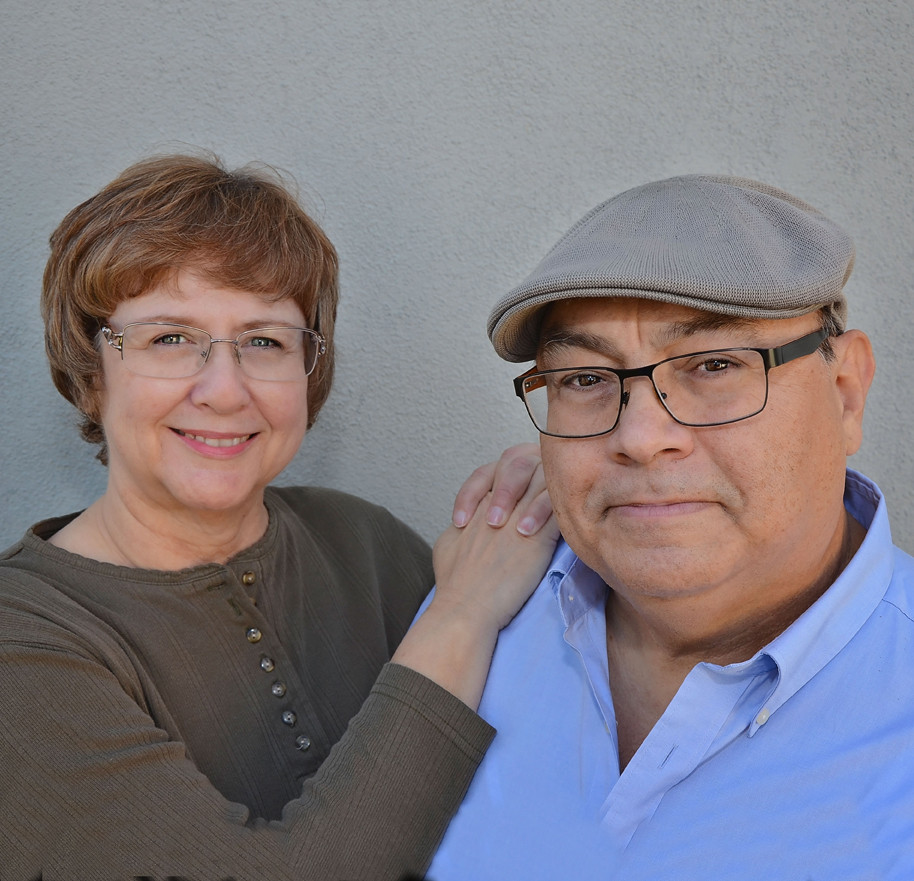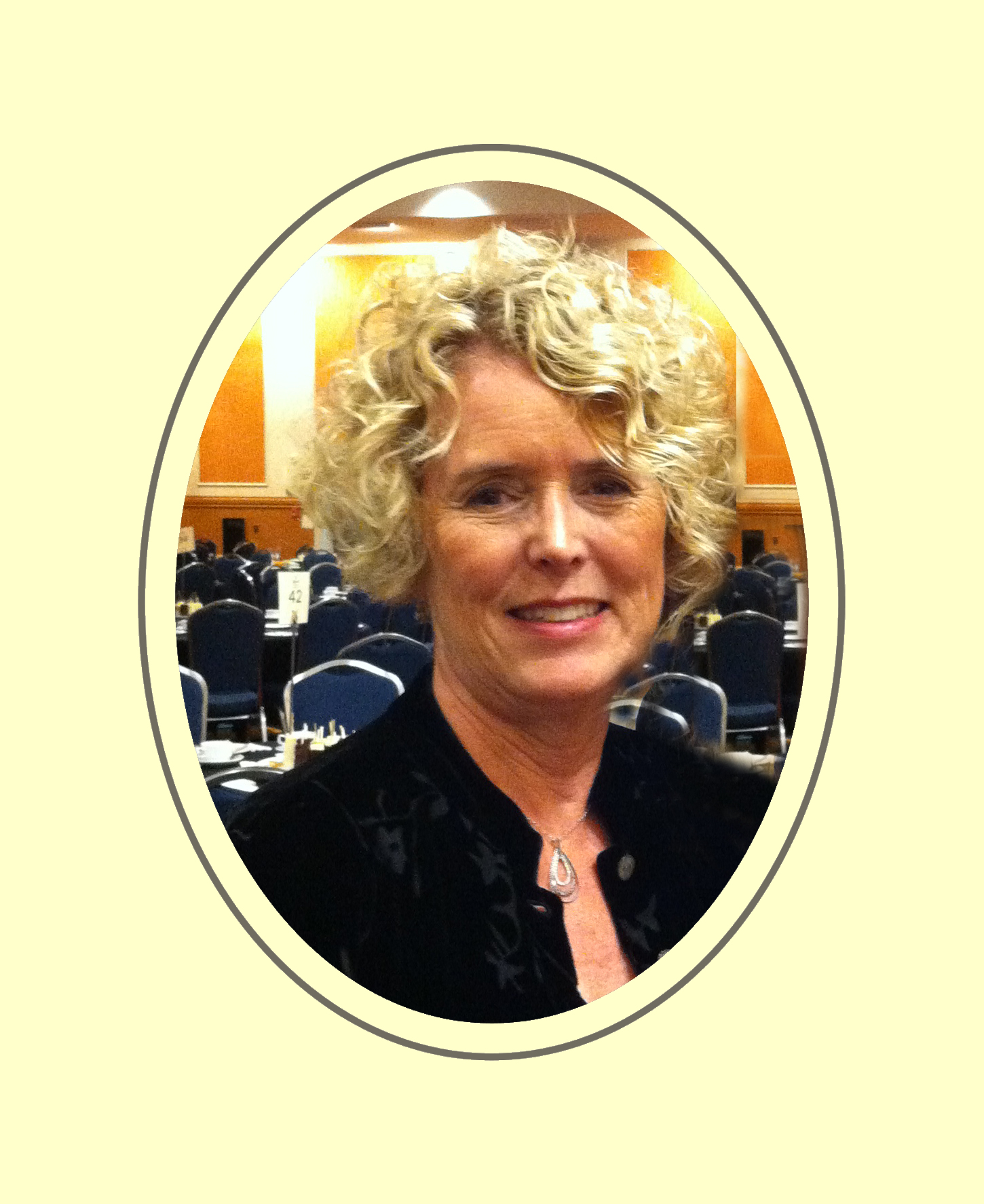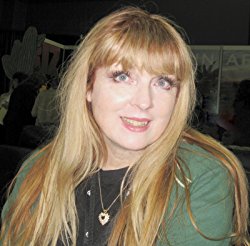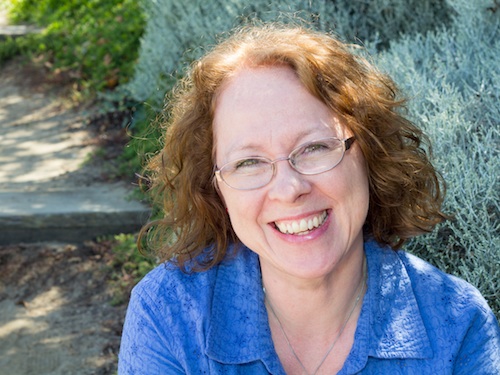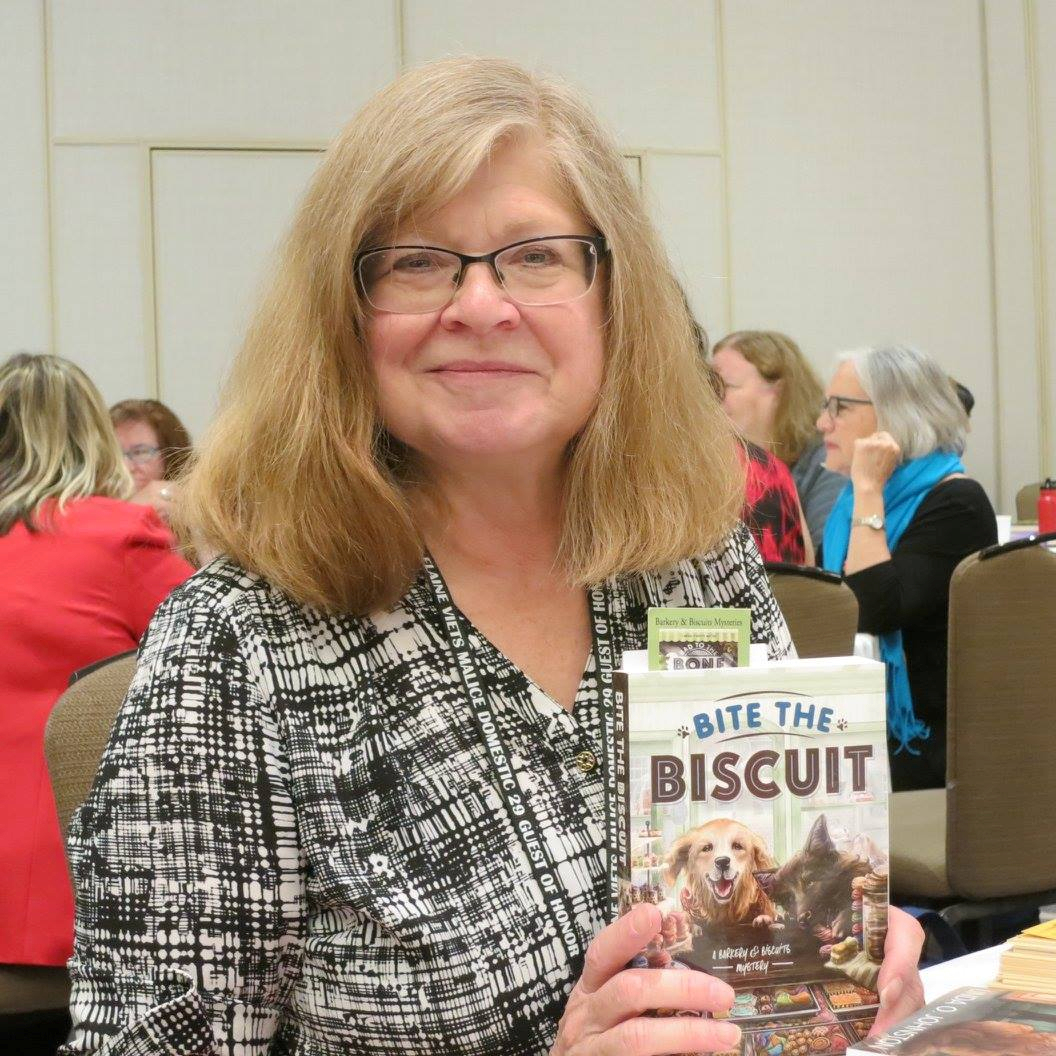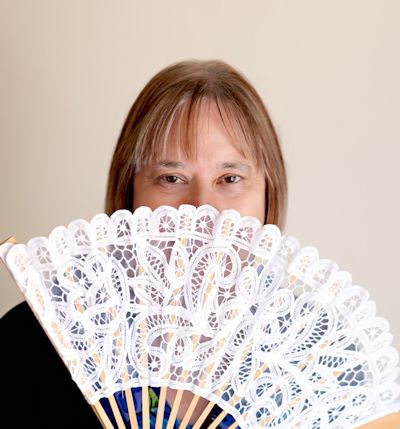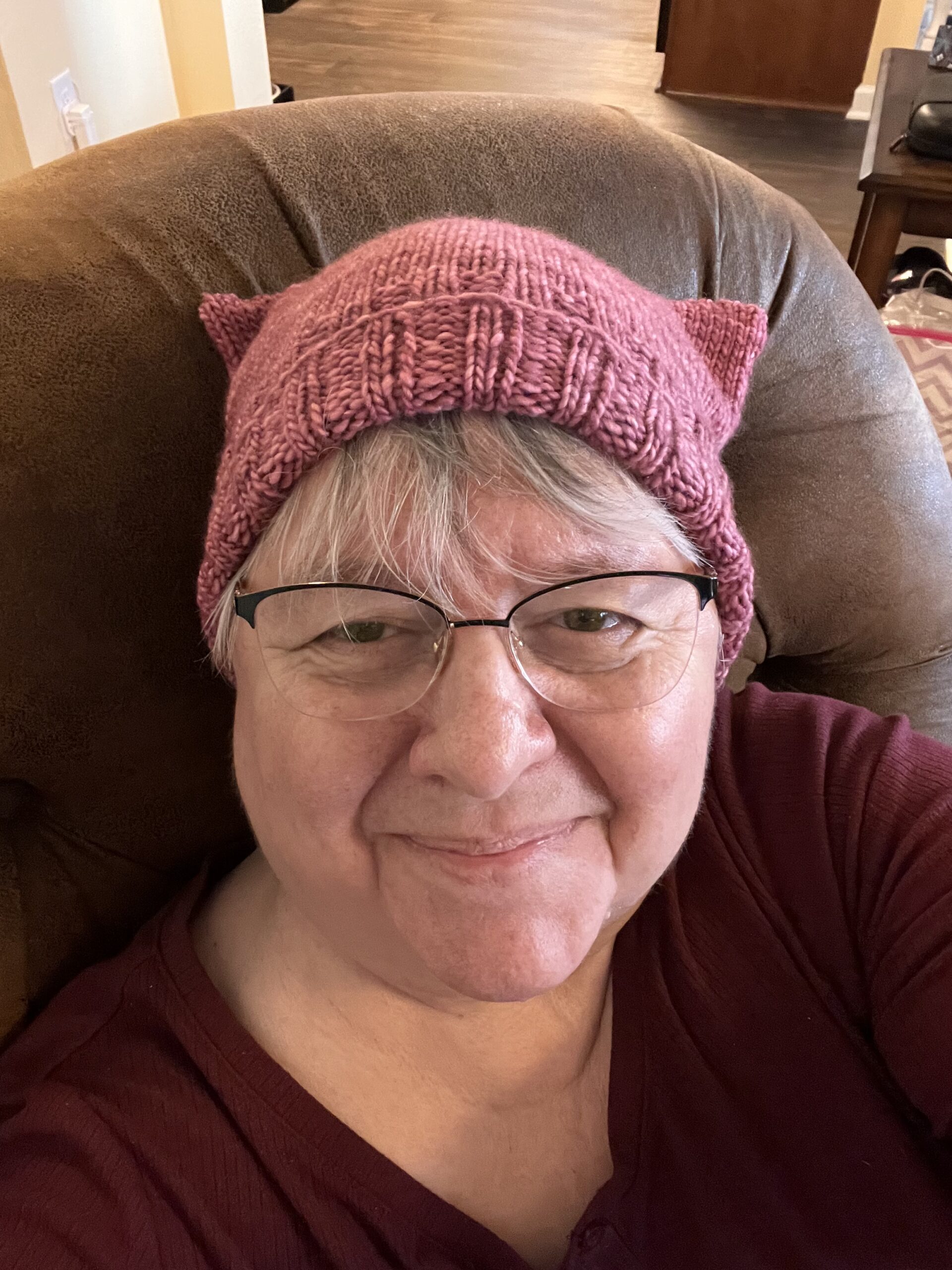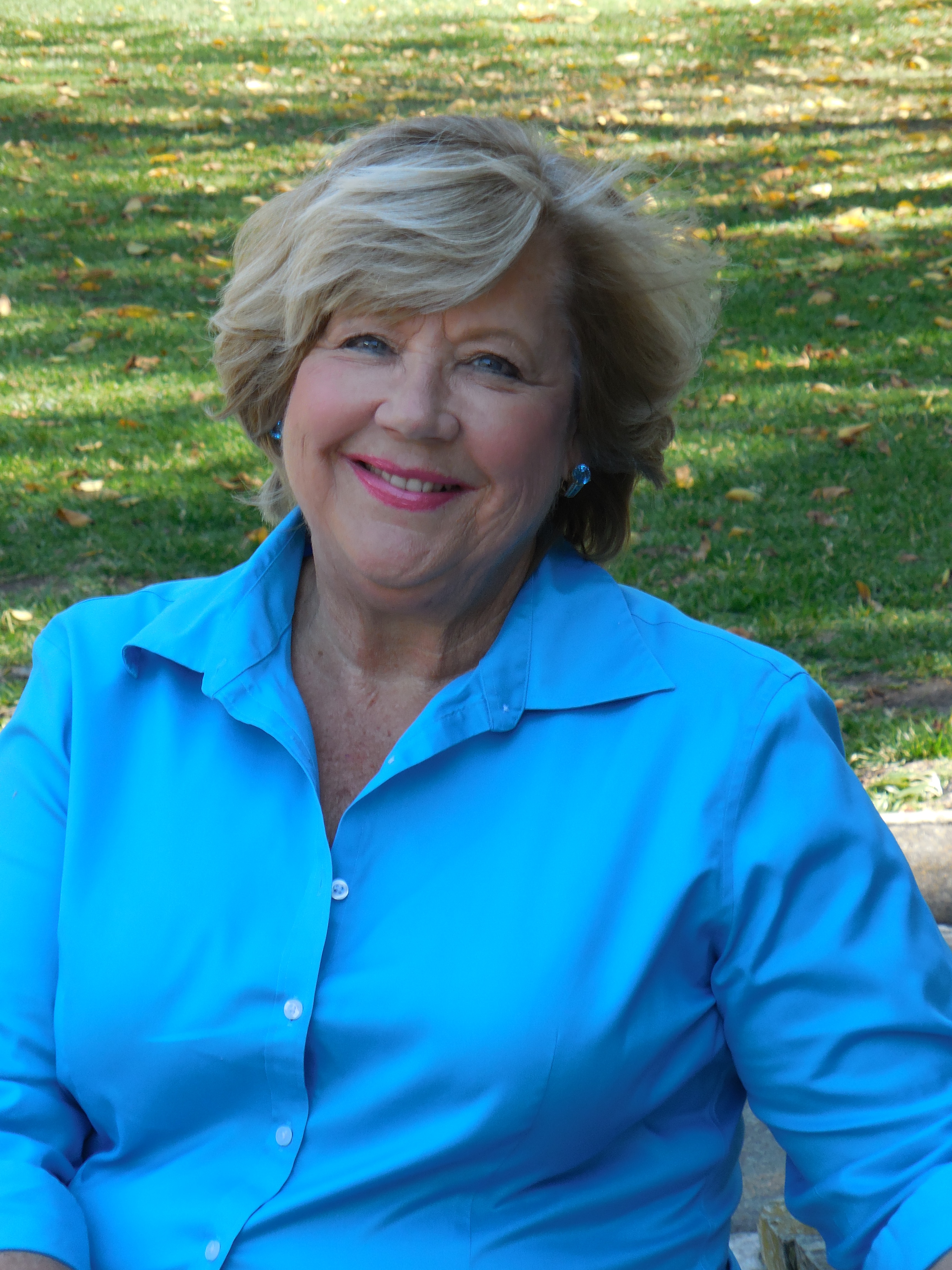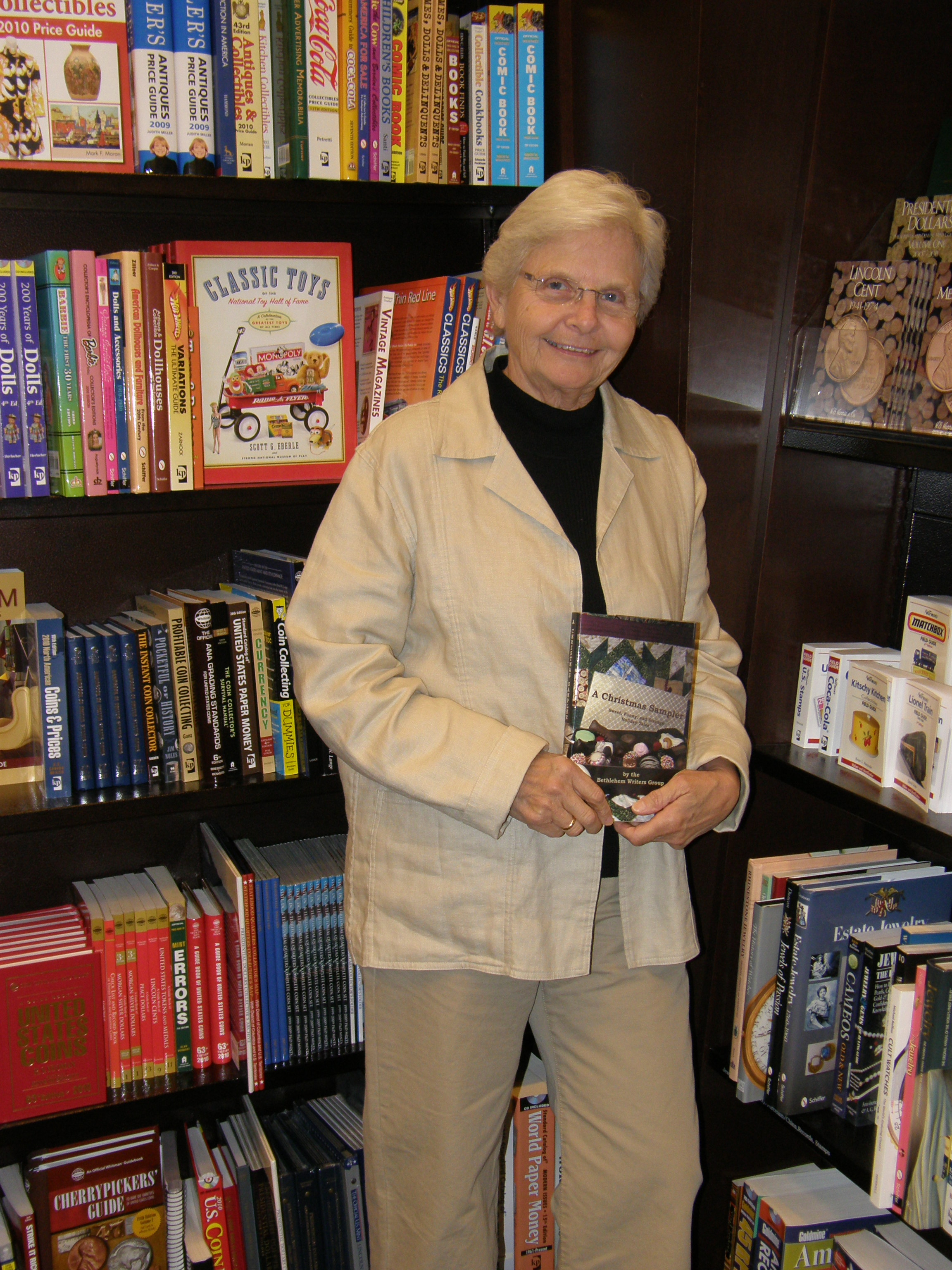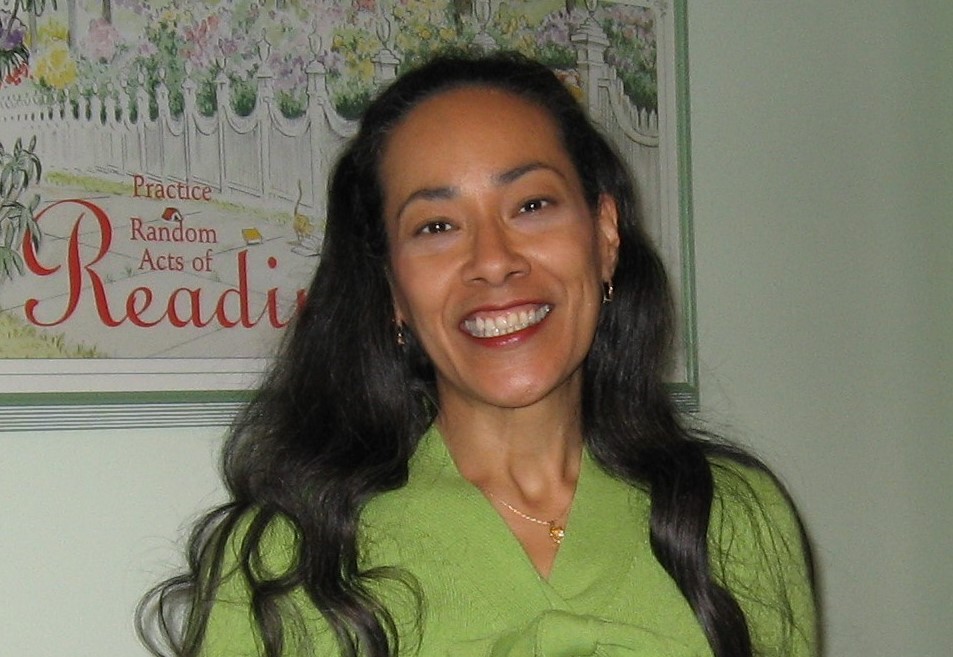The Seven Challenges I Love About Writing Short Stories by Jerome W. McFadden
December 13, 2019 by Bethlehem Writers Group in category From a Cabin in the Woods by Members of Bethlehem Writers Group tagged as Jerome W. McFadden, Short Stories, writing, Writing Advice

Multi-award winning Jerome W. McFadden’s has had forty short stories published over the past ten years in a wide magazines, e-zines, and a dozen anthologies. He efforts have won him several national awards and writing contests, receiving a National Bullet Award for the Best Crime fiction on appear on the web in June 2011. His short stories have been read on stage by the Liar’s League in Hong Kong and the Liar’s League in London.
After receiving his B.A. from the University of Missouri, he spent two years as a Peace Corps volunteer in Casablanca, Morocco. Following his MBA from the Thunderbird Graduate School of Global Management (Arizona State University). He continued his peripatetic ways with corporate assignments in Houston, Istanbul, Paris, San Francisco, and Singapore, spending his spare time writing free-lance articles for American and newspapers and magazines. He morphed from journalism to short fiction in 2009. He now resides in Bethlehem, Pa. and is an active member of the Bethlehem Writers Group. His collection of 26 short stories, Off The Rails, A Collection of Weird, Wicked, & Wacky Stories, appeared in November, 2019.
The Seven Challenges that I Love About Writing Short Stories
1) You need to get into the story from the very start:
Every word in a short story matters. Time and space are limited. You cannot afford to waste a page or two describing the weather, building the setting, or giving the genealogy of your hero/heroine. You need to get to the guts of the action quickly, pulling the reader in with the first paragraph. By the end of the first page the reader should be aware of the famous 5 W’s of journalism: Who, where, when, what, with why possibly coming later.
2) You need to quickly define the core of the story:
Short stories follow only one trajectory — one arc — concerning one character (or a small group of characters) traveling through one primary crisis or concern. The crisis or concern is in fact one shattering moment in that person’s (or group’s) life that he/she must work through, successfully or unsuccessfully. Note: That shattering moment does not need to be violent. It could be emotional, psychological, mental, or spiritual, or other. But it needs to be challenging. *
3) You must develop your characters rapidly.
Characters must be construct with complexity, credibility, and emotion—in as little as a sentence or two. The writer must show character development while actively moving through the story’s narrative. You do not have time or space for the big old info dump. Instead, the writer needs to use clever dialogue, interactions, short flashbacks, and sharp imagery to develop the story’s characters.
4) You are allowed only so many characters in the story:
You are limited to a small cast of characters. A full cast might consist of only one or two characters. Any character you decide to introduce must bring something crucial to the story – or be eliminated. Bringing in a characters for “cuteness” or for “color” or just because you like the quirky character in your head, is wasting precious words and precious space in your story. A good rule: Any character that does not bring in two vital elements into the story needs to be eliminated forthwith.
5) Short stories require a strong pace and balance:
Recognize the descriptions and dialogues that slowing the story down, as well those that are those that are moving the story along. You must identify the best place to start, where to put the opening scene that hooks the reader, then maintain that hook to continue to pull the reader through the rest of the story.
6) Short stories teach you to trim the fat:
Short stories leave no time for easing into things (long descriptions, banal conversations, interesting but boring backstory, wild personal tangents). Short stories are just that—Short —but they must always pack a punch. This may be the ultimate skill to be learned from short story writing: Trim the fat. My favorite writing “rule” comes from the legendary writer Elmore Lenonard, ‘Leave out the parts that the readers skip.”
7) A great short story must create an emotional impact:
The stronger the better. And a great twist at the ending helps make the story memorable
An added note: The tools and skill you pick up from writing short stories are assets that can and probably should be used in your novel writing.
*This “shattering moment” is described lovingly and in full detail in Chapter 3 – The Big Key in James Scott Bell’s wonderful book How to Write Short Stories And Use Them to Further Your Writing Career.
A Selection of Books by Jerome W. McFadden
Jack of All Trades? by Christopher D. Ochs
October 13, 2019 by Bethlehem Writers Group in category From a Cabin in the Woods by Members of Bethlehem Writers Group tagged as experience, inspiration, writing inspiration
BWG member, Christopher D. Ochs is our From a Cabin in the Wood’s author. We’re sure you will enjoy his post “Jack of All Trades?”

Christopher D. Ochs’ foray into writing began with his epic fantasy Pindlebryth of Lenland: The Five Artifacts, recommended by US Review of Books. Several of his short stories have been published in the Greater Lehigh Valley Writers Group and Bethlehem Writers Group anthologies and websites. His latest work is a collection of mirthful macabre short stories If I Can’t Sleep, You Can’t Sleep.
His current literary projects include: short stories in Firebringer Press’ next entry in their Eternity anthology series, an e-book prequel novella for Pindlebryth of Lenland, a YA speculative fiction novel My Friend Jackson, and of course, the second novel of the Pindlebryth saga.
Chris has too many interests outside of writing for his own good. With previous careers in physics, mathematics, electrical engineering and software, and his incessant dabblings as a CGI animator, classical organist, voice talent on radio, DVD and anime conventions, it’s a wonder he can remember to pay the dog and feed his bills. Wait, what?
Jack of All Trades?
I recently reflected over all the jobs in my lifetime from which I have received a paycheck. To the best of my recollection, they were:
- dishwasher,
- assembly line loader,
- computer slave,
- photo store salesperson,
- church organist,
- semiconductor electrical engineer,
- software engineer,
- computer software & hardware QA,
- CGI animator,
- and finally, author. (Well, maybe not an actual paycheck in that final case…)
During one particularly unsuccessful discussion with an HR individual, she commented, “Wow, you really are unfocused!” However, I look at it differently. I can truthfully say that I have been blessed, in that every job (after I completed college) has been a profession that I chose to work, and loved doing. That is not to say that some positions had their share of difficulties. There have been occasional instances of professional backstabbing and other malfeasance, plentiful examples of managerial incompetence, and so on. The Peter Principle is alive and well, let me assure you! Despite these workaday frustrations, my work involved in one facet or another one or more intellectual discipline I loved: physics, math, music, computers, and language.
Late in my hopscotch of professions, I began to despair. I felt that I had become the proverbial “Jack of All Trades, and Master of None.” A friend and co-worker made an observation that helped me out of my doldrums immensely. He said, “Your first degree was in physics, right? That means you have the discipline to figure out how anything works.” I’ve found that holds true, but only to a point. It does not help much in my latest choice of vocations, namely writing. Mathematical maxims and the comfort of the immutable laws of physics are notoriously absent.
Somerset Maugham’s (in)famous maxim states, “There are three rules to writing a novel. Unfortunately, no one knows what they are.” How true! To further my confusion, several writing authorities have posited, “Once you know the rules, you know when you may break them.” To borrow a metaphor from “Dungeons & Dragons,” I often feel like a Lawful Good paladin living in a Chaotic Neutral world.
However, I’ve discovered my professional wanderlust has still managed to come to my rescue. My wide experience of work has afforded me the chance to rub elbows with people from all walks of life: from blue collar to white collar, from ditch digger to Nobel prize winner, from unrepentant sinner to bishop. My choices have allowed me to make friends with citizens of all six populated continents.
As a writer, this “Jack-of-All-Trades” life path has afforded me a rich smorgasbord of characters, experiences and observation that I may draw on.
More often than not, we writers are a solitary bunch. I’m guilty as charged as well, as I am not as gregarious as everything above might imply. We huddle in our writing rooms, happy with our keyboard and coffee (or tea). It can become isolating, and that has its own dangers, when we spend too much time in our own head. We are often told to “write what you know,” but if you limit your experiences to your writing shed, it can limit one’s scope. And of course, if you can’t get out and about as much as you’d like, just read the memoirs of other people’s experiences.
So get out. Leap into that new job you’ve been dreaming about. The unemployment rate has never been better, after all. Try a new experience. Learn a new language or craft at your local high school adult program, learn a musical instrument, join a new group, be it a painting klatch or mountaineering club. Volunteer at a food bank or museum. Broaden your experience, and if you remain open and observant, I guarantee you’ll never run out of ideas to inspire your writing.
I hear it’s good for staving off Alzheimer’s as well…
Books by Christopher D. Ochs
Burls by Sally Paradysz
September 13, 2019 by Bethlehem Writers Group in category From a Cabin in the Woods by Members of Bethlehem Writers Group tagged as imperfect, intriguing, nature
From our archives, a post by Sally Paradysz: Burls
This slideshow requires JavaScript.
On the outskirts of the area where I split wood stands a cherry tree. It isn’t huge, but it has at least two burls on it that I can see. I find burls extremely interesting, and at times I can’t stop staring at them. It is a living thing, and something that resembles sap drips from all over it and down onto the forest floor. I have one that I split open years ago, and it is gorgeous on the inside.
Actually, burls are a valuable wood product for artists, furniture makers, and wood sculptors. Some of the most exotic salad bowls and serving bowls I have ever seen are made from burls just like these.
From my book-lined cabin in the woods beside my home, I can see many of these burls standing out proudly from the trees on my land. The sap seems to draw the sunlight to them, and their glow is intriguing. It is yet another example of what can be hidden inside a shell or a human being. Something exquisite emerges once it is opened to be examined. This author of imperfect words wishes that once we open ourselves up to the world, we can walk away with hope and new life passions that will change our life forever……
Sal

Sally Paradysz wrote from a book-lined cabin in the woods beside the home she built from scratch. She was an ordained minister of the Assembly of the Word, founded in 1975. For two decades, she provided spiritual counseling and ministerial assistance. Sally completed undergraduate and graduate courses in business and journalism. She took courses at NOVA, and served as a hotline, hospital, and police interview volunteer in Bucks County, PA. She was definitely owned by her two Maine Coon cats, Kiva and Kodi.
Her book is available here:
Steampunk a Different Reality by Ralph Hieb
August 17, 2019 by Bethlehem Writers Group in category From a Cabin in the Woods by Members of Bethlehem Writers Group tagged as Bethlehem Writers Group, British Empire, Different Reality, Ralph Hieb, Steam Punk, Victorian
This month A Slice of Orange welcomes BWG member, Ralph Hieb.

Ralph Hieb grew up in New Jersey. After spending time overseas serving in the military, he returned home to New Jersey. While attending college he met his wife Nancy.
During the time he spent stationed Europe he didn’t miss an opportunity to travel around. Sightseeing and enjoying the culture are things that he still loves to this day.
Both Ralph and Nancy enjoy traveling to places that they have never been to, though sometimes they like to revisit former destinations. They want to visit Australia and New Zealand someday.
Ralph enjoys reading paranormal novels. He decided that he should try and write one. He is currently writing short stories, but a novel is in his future.
Steam Punk a Different Reality
I have been reading a lot of Steampunk novels lately. And I find them to be not only entertaining but very creative.
For instance if you wish to go somewhere in a hurry and it is only 1896 then you can go to the local airship terminal and board a dirigible for wherever your destination is. Then when you arrive you can either take a steam locomotive or an electric powered engine or even a steam powered carriage to the street or farm maybe even an estate that is your final destination.
Say you are going to an estate for a weekend grouse hunting. You back your Winchester gas powered, bird long barrel, weapon with spare chemical mixing tubes so that you will not run out of ammunition. Or maybe a Ruger X17R handgun with grenade launching abilities. There can be a variety of combinations or names for your weapons and their uses. Make up whatever name you like for the weapon. After all it only exists for the character in your story. I know of one individual that put a request on Facebook for people to submit names for his weapons. He received a lot of ideas.
Speaking of weapons, even clothing can be used to hold weapons, or might even become one. A man might have a small gun or knife in his hatband, or even a Derringer size pistol attached to the underside of the crown in is hat. Also knife blades that appear from the toe of his shoe while another curved slicing blade ejects from the heel, hitting a target several feet behind him. A woman can have well balanced throwing knives used as hatpins and she is protected by her bulletproof corset. A decoration in her hat might be a mechanical bird that zeros in on whoever she wishes it to attack.
Most of the Steampunk novels I have read take place during Queen Victoria’s reign. Some even offer a different reality as the British Empire won the American Revolution and all other wars that it ever fought, going back to when Boudica defeated the Romans in 60 A.D. maybe the San Francisco earthquake never happened and the city became so large the it rivals New York or London. I read one book where the city kept building higher and higher so that it had sidewalks for every additional layer with elevators to lift people to the higher walkways. Needless to say, the ones on the bottom level had sewage running down the streets, but steam powered pumps kept it flowing.
Steampunk will quite often use supernatural creatures such as vampires, werewolves, witches, ghosts, and demons in the telling of the stories. You may find these very lax guidelines make it easy to get your protagonist or antagonist into a world of difficulties. But then again they might happen to have a strange new weapon with an unpronounceable name that can efficiently deal with the situation. As everything else in this world you do not have to comply with known facts but can alter history or items to your own specifications, or interests, to move the story along.
So, I think Steampunk can be a useful format to let my imagination really run wild.
Books by Ralph Hieb
If It Were Easy, We’d All Be Best Sellers
July 13, 2019 by Bethlehem Writers Group in category From a Cabin in the Woods by Members of Bethlehem Writers Group tagged as Best Sellers, Bob Mayer, conferences, writers

From a Cabin in the Wood featured author is DT Krippene. DT is a contributing author in the recent BWG’s paranormal anthology, Untethered. A man buys a house for a price that is too good to be true, until he discovers the bizarre strings attached in “Hell of a Deal”. He’s also contributed articles for the Bethlehem Writers RoundTable with “Snowbelt Sanctuary”, and “In Simple Terms”.
A native of Wisconsin and Connecticut, DT deserted aspirations of being a biologist to live the corporate dream and raise a family. After six homes, a ten-year stint in Asia, and an imagination that never slept, his annoying muse refuses to be hobbled as a mere dream. DT writes dystopia, paranormal, and science fiction. His current project is about a young man struggling to understand why he was born in a time when humans are unable to procreate and knocking on extinction’s door.
<
p style=”text-align: left”>You can find DT on his website and his social media links.
Facebook
Twitter
Pinterest
If It Were Easy, We’d All Be Best Sellers
DT Krippene

Writers have an abnormal predilection for planting themselves in a chair like a lone desert cactus, surrounded by nothing but sand, and wait for the words to rain. How is that even remotely natural?
After a writer’s conference last year, I took some time to reflect on what I’d learned, what I’d heard before, and why the hell I was still writing.
Our keynote speaker was NYT Bestseller, Bob Mayer, a former Green Beret who wrote the Area 51 series, as well as 70 other titles in fiction and non-fiction. We listened to advice on the standard elements of plot, story structure, character, the importance of tight narrative, and dangers of going off on tangents that don’t move the story. Anyone who has read my article from last year, ‘The Perils of Captain Tangent – a Pantser’s Writing Journey‘, knows I have an issue with side stories that end nowhere.
Only Five Percent Even Finish a Book
Bob shared a harsh lesson given to soldiers wanting to be Army Rangers, one easily applied to writer success. “Everyone stand up, look at the person on the right, then look at the one on the left. Only one of you is going to make it.” He reminded us that only five-percent of all writers ever finish a book, that five-percent get to the point of publishing the book, and five percent of those people ever get anywhere with it. In simpler terms, earning enough to buy a case of Yuengling beer is like winning the lottery.
For writers who’d never heard it before, the eagerness visibly drain from their faces. Reality bites. For me, the message I took away had less to do with sobering statistics I already knew, or the writing process I’ve been refining for years.
Harness the Chaos
Growing up, I had an imagination fueled on nuclear ether. I tried to harness the chaos of that imagination by penning it on paper. A bit intense when gripping a pen, my fingers cramped within an hour. I got a D+ in high school typing class, unable to master a typewriter without buckets of whiteout and erasable bond paper. It would take access to a modern word processor and the ability to backspace and delete with impunity, before I struck up the nerve to start writing again many years later.
Thirty-plus years traveling for corporate America offered ample opportunities at boarding gates, on flights, and hotel rooms to write. While living overseas, I landed a non-paid gig writing articles for a local travel magazine. It was fun, and I acquired a small fan base.
Back to last year’s conference, they asked, “Why are you writing, and what’s your goal? How passionate are you about what you’re doing?”
Hell of a question. What do I want to be, besides thirty-years younger? I remembered a book I’d read about rebooting life when the distraction of a workaday world subsided. It asked similar, tough questions like, what gave me passion in my younger years. What was it I dreamt of as a kid?
The answer: I enjoyed times alone inside the chaotic ether of my imagination. After rendering to Caesar the things that are Caesar’s, I wanted to mine that creativity and put it in words.
Stories are easy, but . . .
The stories came easy, but understanding the mechanics of plotting and structure was a different breed of cat. I can quote the basic laws of chemistry, but dangling participles was something I learned on the fly. My first 300-page attempt was a laughable exercise that encouraged (I am a writer, I am, I am, I am), and depressed me (Dear Occupant, thank you for your submission, but …). Not having a pedigree that comes with a Fine Arts education, I had a steep hill to climb.
The journey took me on a rediscovery of subjects I’d glossed over in secondary school, like grammar. The proper use of commas was enough to send me to the nut house. Thankfully, Word spell check kept me from giving up entirely. I networked with authors and joined writer groups. Surviving a critique process from fellow writers is not for the weak-hearted.
I went to conferences to learn about the business of getting published. Rejection by the hundreds required the skin of a stegosaurus. With the prolificacy of traditional and indie publishing (an unending tsunami of content in Bob Mayer’s words), being published today is akin to the lone salmon swimming downstream against the horny hoards going the opposite direction during spawning season.
“Old dogs must learn new tricks”, Bob Mayer said. Exhuming a passion, buried for decades in a lead-lined box of adult obligations, can be one of the hardest things in a person’s life. It felt good to hear a professional corroborate what I had to learn on my own.
It takes Passion.
It takes Perseverance.
It takes Risks.
I’ve published a few short stories, but have yet to find a market for the five books I’d written. A wonderful agent tried to market two books I wrote a few years back, but no takers. It amazes me that she still answers my emails after those first attempts. Her advice to me – keep writing.
Don’t have to ask me twice. Hell, I can’t help myself. When I’m not writing, I’m thinking about writing. I lost count how many times my wife caught me pacing a room with a blank look, lost in a scene inside the kaleidoscopic pandemonium of my imagination, when I should be cutting the lawn.
I just finished my sixth novel. Given the commentary from trusted beta readers, I still have some work to do. It isn’t because the story sucks. It’s about making it as good as it needs to be. I’m getting closer.
I’ll end it here. I have a story to edit. Have to make my own rain.
Oh, and the hyperactive muse who won’t let me sleep at night, is egging me to start a new idea.
Hmmm – wonder if I can do both at the same time?
AN ELEMENT OF MYSTERTY: SWEET, FUNNY, AND STRANGE TALES OF INTRIGUE
Series: A Sweet, Funny, and Strange Anthology, Book 7
Genres: Mystery, Short Story Anthology
Tags: 2022, Anthology, Sweet, Funny, and Strange Tales
Dare you read our latest Sweet, Funny, and Strange® Anthology?
More info →FUR, FEATHERS AND SCALES: Sweet, Funny, and Strange Animal Tales
Series: A Sweet, Funny, and Strange Anthology, Book 6
Genres: Animal Stories, Short Story Anthology
Tags: 2020, Anthology, On Sale, Sweet, Funny, and Strange Tales
So cuddle up with your favorite pet-real or imaginary. No matter. You'll find just the right story to share.
More info →UNTETHERED: SWEET, FUNNY, AND STRANGE TALES OF THE PARANORMAL
Series: A Sweet, Funny, and Strange Anthology, Book 5
Genres: Paranormal, Short Story Anthology
Tags: 2018, Anthology, Sweet, Funny, and Strange Tales, The Short Story Award
Stoke the campfire and get ready for some chills and goosebumps when you open this paranormal addition to the award-winning Bethlehem Writers Group's "Sweet, Funny, and Strange" anthologies.
More info →SEASON’S READINGS: More Sweet, Funny, and Strange Holiday Tales
Series: A Sweet, Funny, and Strange Anthology, Book 8
Genres: Holiday Stories, Short Story Anthology, Short Story Collection
Tags: 2024, Holiday Fiction, Sweet, Funny, and Strange Tales
We hope you enjoy these holiday gifts.
More info →0 0 Read more
Affiliate Links
A Slice of Orange is an affiliate with some of the booksellers listed on this website, including Barnes & Nobel, Books A Million, iBooks, Kobo, and Smashwords. This means A Slice of Orange may earn a small advertising fee from sales made through the links used on this website. There are reminders of these affiliate links on the pages for individual books.
Search A Slice of Orange
Find a Column
Archives
Featured Books
To L.A. With Love Volume 2
When wildfires damaged two beloved Los Angeles public libraries in January 2025, the romance community answered with heart.
More info →FROM DARKNESS TO LIGHT
Eight humans must send earthbound ghosts to their final reward.
More info →TEMPTED BY A TEXAN
Her Knight In Shining Armor Came Armed With A Colt .45
More info →EMERALD FIRE
Her family secret is stolen by pirates. His business is in jeopardy if he doesn’t find it.
More info →65 THINGS TO DO WHEN YOU RETIRE
Practical and entertaining advice about how to create a fulfilling retirement.
More info →Newsletter
Contributing Authors
Search A Slice of Orange
Find a Column
Archives
Authors in the Bookstore
- A. E. Decker
- A. J. Scudiere
- A.J. Sidransky
- A.M. Roark
- Abby Collette
- Alanna Lucus
- Albert Marrin
- Alice Duncan
- Alina K. Field
- Alison Green Myers
- Andi Lawrencovna
- Andrew C Raiford
- Angela Pryce
- Aviva Vaughn
- Barbara Ankrum
- Bethlehem Writers Group, LLC
- Carol L. Wright
- Celeste Barclay
- Christina Alexandra
- Christopher D. Ochs
- Claire Davon
- Claire Naden
- Courtnee Turner Hoyle
- Courtney Annicchiarico
- D. Lieber
- Daniel V. Meier Jr.
- Debra Dixon
- Debra H. Goldstein
- Debra Holland
- Dee Ann Palmer
- Denise M. Colby
- Diane Benefiel
- Diane Sismour
- Dianna Sinovic
- DT Krippene
- E.B. Dawson
- Emilie Dallaire
- Emily Brightwell
- Emily PW Murphy
- Fae Rowen
- Faith L. Justice
- Frances Amati
- Geralyn Corcillo
- Glynnis Campbell
- Greg Jolley
- H. O. Charles
- Jaclyn Roché
- Jacqueline Diamond
- Janet Lynn and Will Zeilinger
- Jaya Mehta
- Jeannine Atkins
- Jeff Baird
- Jenna Barwin
- Jenne Kern
- Jennifer D. Bokal
- Jennifer Lyon
- Jerome W. McFadden
- Jill Piscitello
- Jina Bacarr
- Jo A. Hiestand
- Jodi Bogert
- Jolina Petersheim
- Jonathan Maberry
- Joy Allyson
- Judy Duarte
- Justin Murphy
- Justine Davis
- Kat Martin
- Kidd Wadsworth
- Kitty Bucholtz
- Kristy Tate
- Larry Deibert
- Larry Hamilton
- Laura Drake
- Laurie Stevens
- Leslie Knowles
- Li-Ying Lundquist
- Linda Carroll-Bradd
- Linda Lappin
- Linda McLaughlin
- Linda O. Johnston
- Lisa Preston
- Lolo Paige
- Loran Holt
- Lynette M. Burrows
- Lyssa Kay Adams
- Madeline Ash
- Margarita Engle
- Marguerite Quantaine
- Marianne H. Donley
- Mary Castillo
- Maureen Klovers
- Megan Haskell
- Melanie Waterbury
- Melisa Rivero
- Melissa Chambers
- Melodie Winawer
- Meriam Wilhelm
- Mikel J. Wilson
- Mindy Neff
- Monica McCabe
- Nancy Brashear
- Neetu Malik
- Nikki Prince
- Once Upon Anthologies
- Paula Gail Benson
- Penny Reid
- Peter J Barbour
- Priscilla Oliveras
- R. H. Kohno
- Rachel Hailey
- Ralph Hieb
- Ramcy Diek
- Ransom Stephens
- Rebecca Forster
- Renae Wrich
- Roxy Matthews
- Ryder Hunte Clancy
- Sally Paradysz
- Sheila Colón-Bagley
- Simone de Muñoz
- Sophie Barnes
- Susan Kaye Quinn
- Susan Lynn Meyer
- Susan Squires
- T. D. Fox
- Tara C. Allred
- Tara Lain
- Tari Lynn Jewett
- Terri Osburn
- Tracy Reed
- Vera Jane Cook
- Vicki Crum
- Writing Something Romantic
Affiliate Links
A Slice of Orange is an affiliate with some of the booksellers listed on this website, including Barnes & Nobel, Books A Million, iBooks, Kobo, and Smashwords. This means A Slice of Orange may earn a small advertising fee from sales made through the links used on this website. There are reminders of these affiliate links on the pages for individual books.




































